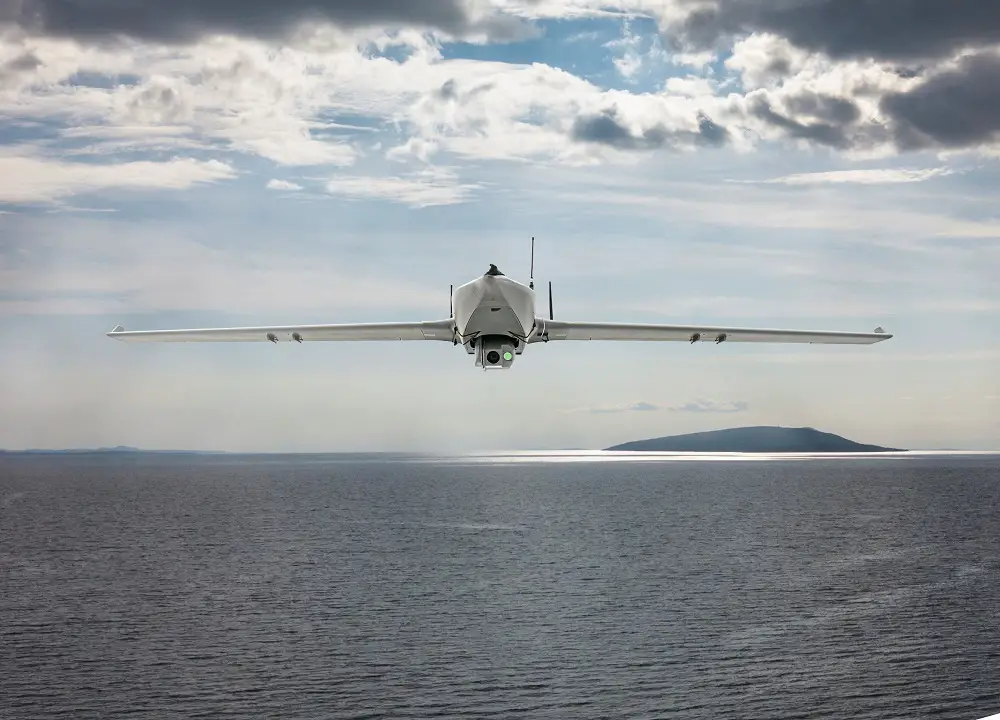The RAF Autonomous Collaborative Platforms (ACP) strategy sets out how ACP will be introduced into frontline service over the next decade. The Defence Drone Strategy provides the core reference baseline for the RAF ACP Portfolio ensuring coherence for the introduction of new developments in capability, supported by lessons learnt in our recent past and in current conflicts. Advances in human-machine teaming, AI and other technologies mean that the world of uncrewed systems is rapidly advancing towards the use of autonomy. The war in Ukraine has also highlighted the rapid evolution of weapon systems and tactics. The ACP strategy sets out how the RAF intends to take advantage of this technology, working closely with the Royal Navy, British Army, across MoD, with industry, and our trusted partners and allies. This collaborative endeavour will pursue the best solutions for UK Defence, supported by UK industry, to find options with the correct cost-benefit analysis to augment our forces.
As we look to the future, it is clear that Autonomous Collaborative Platforms will play an important part in enhancing the mass, lethality and survivability of our combat air forces. Building on the Defence Drone Strategy and in close collaboration with the Royal Navy and Army, the RAF will focus on low-cost Autonomous Collaborative Platforms to augment the operations of our existing crewed combat air platforms. We expect to field an operational capability within the next year,” Air Chief Marshal Sir Rich Knighton Chief or the Air Staff said.
Using emerging technologies, ACP will undertake critical roles that complement and enhance the operational effects achieved by our current and future crewed aircraft, acting as a force multiplier. Implementation of this strategy will reduce risks to personnel and provide us with the opportunity and means to learn, develop and fight faster than our adversaries, whilst maintaining a keen eye on the legal and ethical considerations. The strategy sets out what military capabilities and structural changes are required within the RAF to support this growth area, alongside the development of UK-based industry. Although uncrewed platforms are now commonplace, the strategy also highlights the key issues surrounding the law and autonomy as this technology matures.















